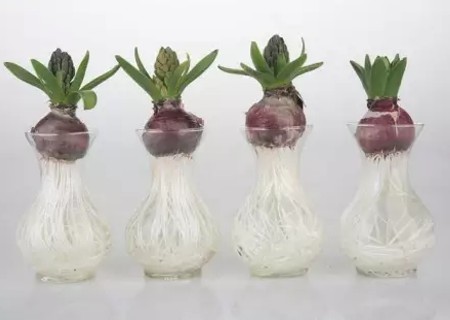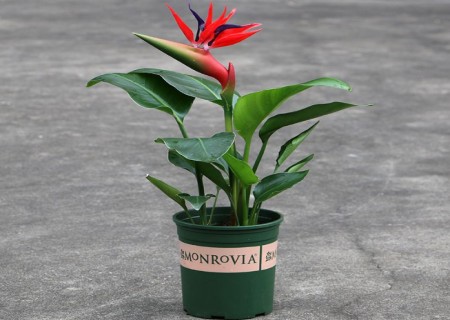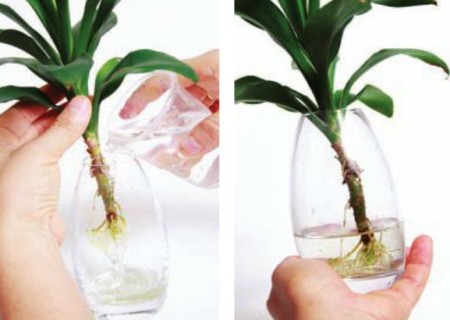Hyacinth hydroponics method steps
In general, hydroponic plant culture is more difficult than soil culture, because a little carelessness may lead to hydroponic failure. Hydroponics is a complex and careful work, which, to a certain extent, is a test of patience. If you persevere, you will be able to reap the joy of a bumper harvest; if you fail to persist, hydroponics will end in failure, which will make people feel frustrated. Therefore, we can not give up anything halfway, find fun in persistence, and one day you will reap joy.

The same is true of the work of hydroponic hyacinth, which seems to be completed in a few simple steps, but in practice, we will find that this process is very troublesome, which is not only energy-consuming, but also time-consuming. If hydroponics is successful, everyone will be happy. If you fail, maybe you need to study hard and improve. In order to help you improve the success rate of hydroponic hyacinth, the editor specially shares an article on the methods and steps of hyacinth in water basin, which is very practical and must be carefully studied.
I. preparatory work
Prepare a glass bottle in the shape of a gourd, a thick black and opaque cloth strip, clean water and nutrient solution.
Methods / steps:
1. Prepare a glass bottle, preferably one shaped like a gourd, with a smaller upper part and a larger lower part.
2. Pour clean water into the bottle just enough to touch the bottom of the hyacinth bulb.
3. After putting the seed ball, place the bottle in a dark place. In order to avoid light, it is recommended to wrap the outer wall of the bottle with a thick black cloth, because the hyacinth seed ball is suitable to take root in the dark environment.
4. After about 3 weeks, the seed ball begins to take root, and then put the hyacinth seed ball bottle in the bright place, but avoid direct sunlight.
5. When there are more roots, and most of them have reached 3 cm in length, keep the water surface in the bottle at a distance of about 1.5 cm from the bulb, so as to ensure that the growing roots can breathe and breathe.
6. When the root system is strong enough, move the bottle to a place where you can receive direct sunlight for maintenance. But the temperature needs to be controlled at more than 10 degrees, and clean water needs to be changed every 2 or 3 days, and a few drops of nutrient solution should be dropped at the same time, which requires the water to spread to the roots of the plant.
7. after the plant germinates leaves, it is necessary to increase light for the plant, but in order for the plant to receive uniform light, it is often necessary to adjust the orientation of the bottle to prevent the plant from growing in one direction.
8. After that, you need to change the clear water every 3 or 4 days, and this process needs to continue until the flowers fade, and you also need to drop a few drops of nutrient solution when changing the water.
The above are the hydroponic methods and steps of hyacinth. Have you all learned it? I hope this practical article pushed by the editor can help you. If you learn, quickly hydroponically cultivate a lovely hyacinth!
Time: 2019-06-08 Click:
- Prev

How to propagate Clematis paniculata in different plants
Crane orchid, which has another name, the flower of birds of paradise. Its name not only sounds elegant, but also full of poetry, it is not difficult to imagine its noble and elegant atmosphere. I heard that when it was first introduced into England, people were attracted by its dignified and gorgeous pride as soon as they saw this kind of flower.
- Next

Introduction to the steps of changing water for hydroponic plants
In recent years, aquaculture plants in the home has increasingly become a fashion, aquaculture plants in the management is not only simple and convenient than soil culture, but also can make the site cleaner, can also achieve the effect of beautifying the home. Therefore, aquaculture green plants are more and more favored by the majority of families. But
Related
- Fuxing push coffee new agricultural production and marketing class: lack of small-scale processing plants
- Jujube rice field leisure farm deep ploughing Yilan for five years to create a space for organic food and play
- Nongyu Farm-A trial of organic papaya for brave women with advanced technology
- Four points for attention in the prevention and control of diseases and insect pests of edible fungi
- How to add nutrient solution to Edible Fungi
- Is there any good way to control edible fungus mites?
- Open Inoculation Technology of Edible Fungi
- Is there any clever way to use fertilizer for edible fungus in winter?
- What agents are used to kill the pathogens of edible fungi in the mushroom shed?
- Rapid drying of Edible Fungi

